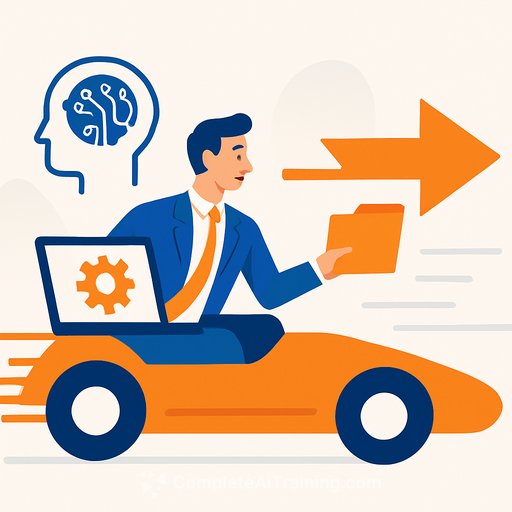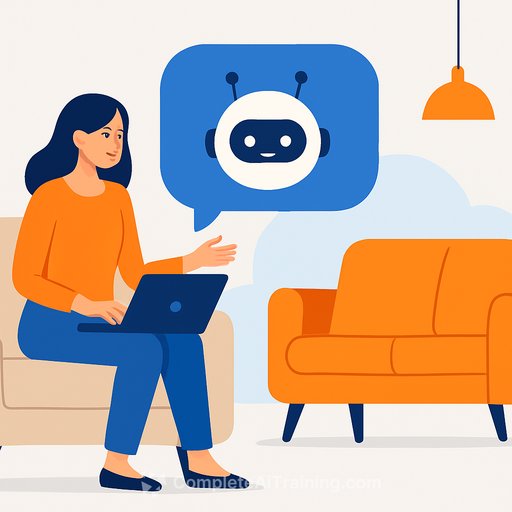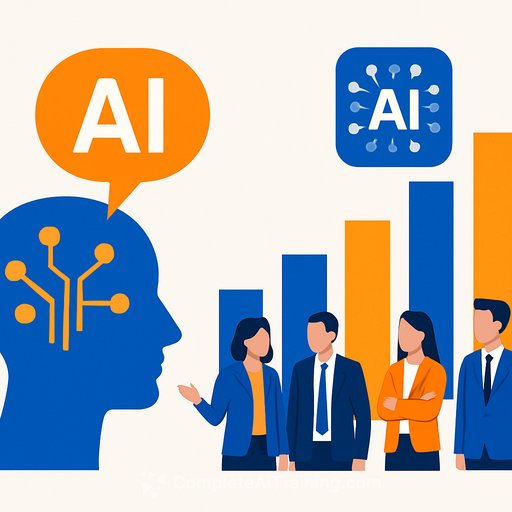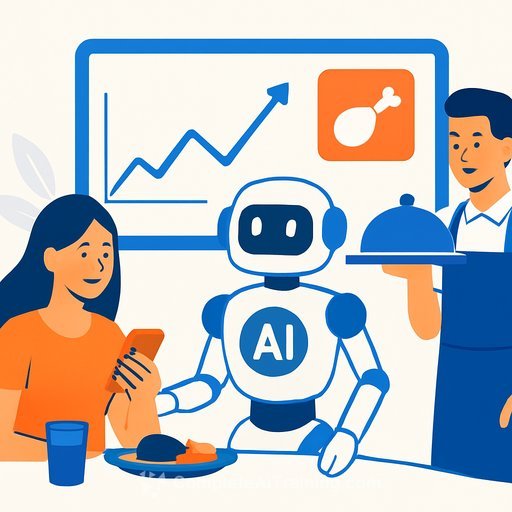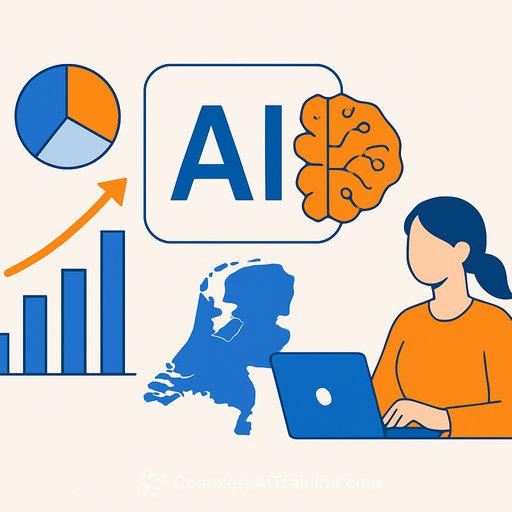Selling Software In The AI Age: Why Long-Term Commitments Are Harder To Win Than Ever
Enterprise software sales are shifting. Buyers, even at large companies, hesitate to sign multiyear contracts for products that may become outdated quickly. The pace of AI-driven innovation means software differentiation doesn’t last long. When a better, faster product could appear within months, buyers prefer cautious, short-term, experimental commitments.
The End of the ‘Big Commitment’ Era
Not long ago, landing a three-year prepaid contract was a startup’s ideal revenue source. These deals provided predictability, increased lifetime value, and encouraged efficient growth. However, they also locked buyers into a fixed roadmap and execution plan, assuming the market wouldn’t change much.
Today, that assumption no longer holds. Buyers see a steady flow of smarter tools promising faster insights and cost reductions. Switching costs are low thanks to modular designs, APIs, and user-driven adoption. Instead of three-year deals, buyers prefer six-month experiments.
This shift demands a new sales and product approach. The product itself isn’t the moat anymore — velocity is. Buyers want to know how quickly your product evolves. They’re not just buying features; they’re buying future-proofing.
If your pitch focuses on having the best feature set today, you’re at a disadvantage. Instead, emphasize your rapid release cycle and how you solve problems buyers haven’t even anticipated yet. That speed of iteration builds trust and shows you’re a partner riding the AI wave, not locking them into a static solution.
Tactics That Win Now
- Shorter contracts, faster proof. Buyers want real-world results fast. Successful sales teams lean into smaller deals that demonstrate value within weeks, not months, using those wins to expand.
- Transparent roadmaps. Secrecy is out. Customers expect to see what’s coming next. Sharing your roadmap and showing steady progress builds confidence and opens doors for upselling.
- Sell speed of iteration, not completeness. Continuous change is now a feature. Set expectations that your product evolves constantly, supported by visible release notes, changelogs, or developer updates.
- Use AI, but don’t oversell it. Everyone claims to be “AI-powered.” The real test is whether your AI genuinely improves workflows. If it doesn’t, avoid making it the centerpiece of your pitch. Savvy buyers are tired of buzzwords.
What This Means for Founders and Sales Leaders
Competition extends beyond product features. You’re competing on how well you manage change, deliver updates, and earn buyer trust that you’re moving fast enough to stay relevant. Go-to-market teams must act like product marketers on steroids—working closely with engineering, iterating messaging quickly, and responding immediately to market shifts.
Expect buyers to be running mental rolling RFPs every quarter. Winning in this environment demands speed, transparency, and consistent value delivery. Those who adapt will build an unshakable advantage.
For sales professionals looking to sharpen their AI knowledge and skills, exploring targeted training can help stay ahead. Resources like Complete AI Training's latest courses offer practical insights into AI tools that enhance sales effectiveness.
Your membership also unlocks:

